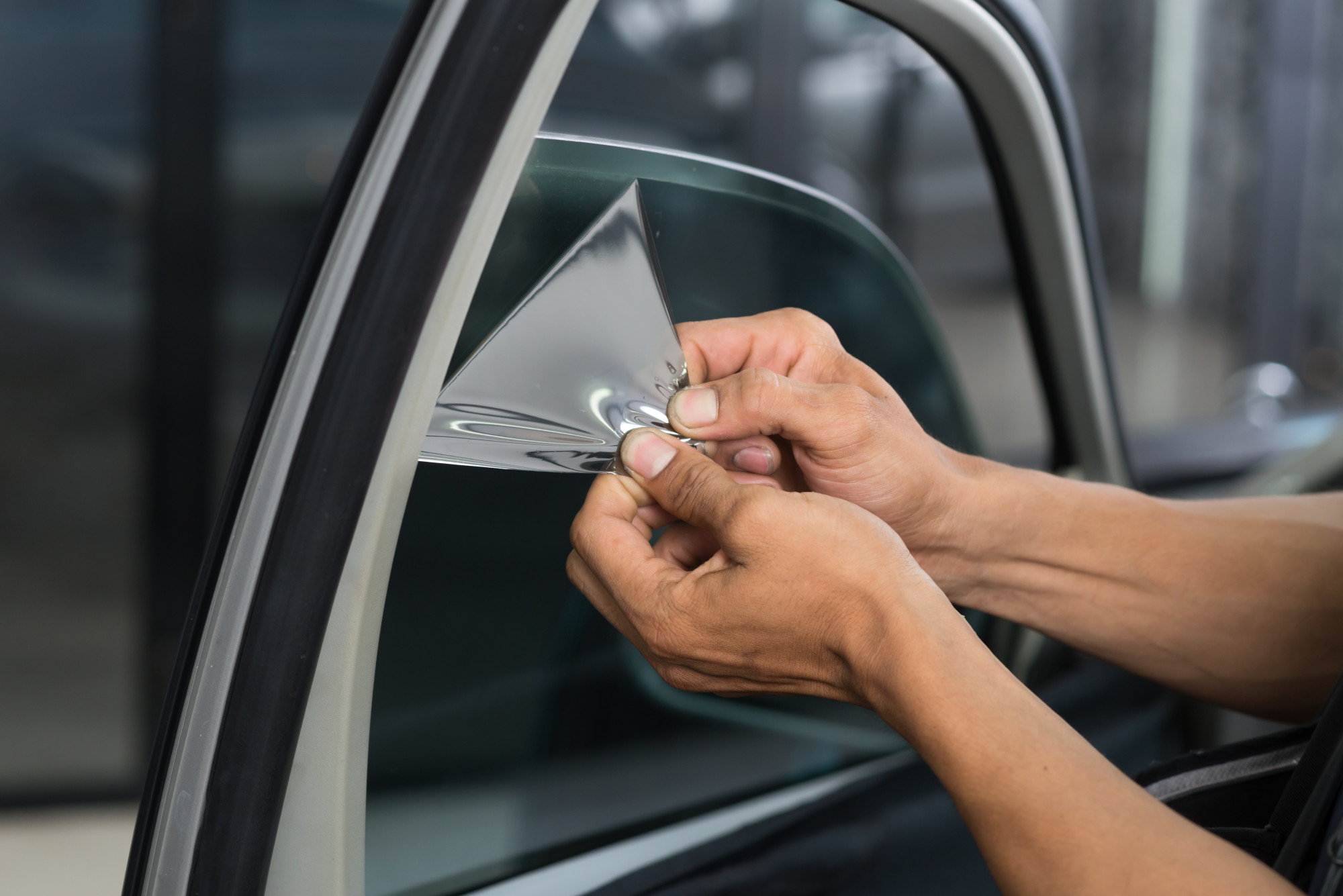The average US motorist spends about one hour driving each day. That’s about 15 full days spent behind the wheel each year.
The thing is, you can get a sunburn in the same span of time if you’re not wearing sunscreen. It can take even just 30 minutes of unprotected sun exposure if the UV index rating is 5 to 6. A really high UV index (10 or above) can burn your skin in 10 minutes or less.
Automotive window films help reduce such risks by blocking UV radiation. However, there are laws on tinting car windows, and they restrict how dark your windows can be.
To that end, we came up with this guide on the most crucial facts you need to know about car window films. Read on to discover what they are so that you can avoid getting on the bad side of the law.
Find Your Online Car Repair Manual Today! ->>
Understanding Visible Light Transmission
Visible light transmission (VLT) is the amount of light an auto window tint film allows to enter. It’s also an indication of how dark or light the film is.
For example, tinting films with a 50% VLT rating allows 50% of sunlight to pass through the window. On the other hand, a VLT rating of 70% allows 70% of sunlight to penetrate, so the tint itself is lighter than one with a 50% VLT. By contrast, a film with a 20% VLT rating looks really dark, as it only allows 20% of sunlight to enter.
Car Window Tint Regulations Exist for Safety
Laws on car window tinting exist to ensure drivers can still see through the films. After all, the darker a film is, the harder it may be for drivers to see what’s ahead, on the side, or the back of their vehicle. Studies back this up, citing older drivers to be most at risk of impaired vision due to tinted windows.
Even younger drivers can be at risk if they drive a car with very dark tint percentages. It can be especially dangerous when driving at night or in severe weather.
The Laws Surrounding Tinting Car Windows Vary by State
In California, it’s legal to use aftermarket tint films on front side windows so long as they still let in 88% of light. If combined with factory-tinted windows, the films must have a VLT rating of 70%. However, the state prohibits films dyed in red or in amber.
By contrast, front side window tinting laws in Illinois allow passenger cars to use films with a 35% VLT. The same goes for rear windows and the rear windshield. As for the front windshield, you can only tint the top 6 inches of the glass.
New Mexico’s laws are even less stringent, as you can use films with a VLT of 20% on all windows, except the windshield. It doesn’t impose any law on the tint material’s reflectivity, either. Like California, though, it doesn’t allow tints that are amber, yellow, or red in color.
Some states, such as New Jersey and Vermont, do not allow any tint on front-side windows. However, both NJ and VT permit the installation of films of any VLT rating on the rear windows.
As you can see, window tint laws vary widely from one state to another, which is why you should check for yours first. Otherwise, law enforcers can slap you with a ticket, and you might end up paying hefty fines.
There Are Applicable Medical Exceptions
In the US alone, an estimated 1.5 million people have lupus, which is an autoimmune disease. Experts don’t know what causes it, and they haven’t found a way to cure it. However, exposure to sunlight seems to trigger it or exacerbate its symptoms.
For that reason, many states exempt people with lupus from their auto window tinting laws. Lupus patients can apply car window tint films darker than what the law normally allows.
Many states also provide medical auto window tinting exemptions to people with albinism. After all, this condition makes a person very sensitive to sunlight. People with albinism can get sunburned really fast if exposed to even a small amount of sunlight.
Other autoimmune diseases that warrant limited light exposure are also exempted. One example is scleroderma, affecting an estimated 300,000 folks in the US. It’s another autoimmune disorder that can cause photosensitivity.
Other conditions for which exemptions may apply are dermatomyositis and vitiligo. Some states also give medical exceptions to patients with DeSanctis-Cacchione syndrome (Xeroderma Pigmentosum).
Only State-Licensed Healthcare Providers Can Issue Exemption Requests
Medical exceptions only apply to motorists with a valid doctor-issued statement. A state-licensed physician must write this document about the patient’s ailment. The doctor must also be a licensed healthcare professional in the same state as the patient.
Once issued, the patient must send the letter to the state department of motor vehicles. Only after the state DMV approves the request can a motorist apply a darker window tint.
Some states allow licensed dermatologists to issue these medical requests. In some cases, even advanced registered nurse practitioners can write them up. These restrictions vary from state to state, so be sure to check yours before you apply for an exemption.
Also, note that some states require motorists to renew the statements each year. Motorists must also have their medical certificates in their vehicles at all times.
Keep Sun Damage at Bay With Legal Car Window Tinting Services
There you have it, your ultimate guide on the dos, don’ts, and the legal side of tinting car windows. Just keep in mind that failure to follow these laws can lead to legal issues, or worse, safety hazards. For that reason, be sure to work with a local window film installer, as they know exactly what your state laws are.
Interested in more automotive guides like this? Then be sure to browse our extensive collection of car-related how-tos, tips, and tricks!







